Cette publication est également disponible en :
Français
Although this tropical plant has long been a classic in perfumery, it recently seems to be attracting renewed interest, with a host of new releases giving it a leading role. An overview of its botanical roots and olfactory developments, as seen through the eyes of perfumers Marc-Antoine Corticchiato (Parfum d’empire) and Quentin Bisch (Givaudan).
Historical roots
The term vetiver refers to several species of the genus Chrysopogon belonging to the Poaceae family (grasses). It is a perennial herbaceous plant growing up to two metres tall, with long, narrow, slightly rigid leaves and fine, dense roots that grow downwards to a depth of up to three metres. It thrives in sandy, chalky soil. Although vetiver grows naturally in tropical and subtropical latitudes, it is native to southern India: its name comes from the Tamil vettiveru and its use as a medicinal plant is cited in Ayurvedic texts dating back to 1000 BCE. It has only recently come to the attention of the West, as suggested by the late appearance of the term “vetyver” in the French language, in the 19th century, which then became “vetiver” in English. “It is a plant that has a magical nature, because of its history, its properties and also its hardiness: it resists cyclones, prevents soil erosion and is an essential source of income for countries such as Haiti,” explains Marc-Antoine Corticchiato, independent perfumer and founder of Parfum d’empire, who recently dedicated a creation to it (see below).
These qualities mean vetiver is not confined to perfumery: its straw is used to make thatched roofs, for fodder, and in weaving to create textiles and various objects. As for the roots, whose resin is extracted for the essential oil, they are also used in Indian and African cuisine for their aroma. Their digestive and repellent properties make them a prime component in Ayurvedic medicine still used today.
Geographic variations
Although several varieties are cultivated, the one that produces essential oil for perfumery is Chrysopogon zizanioides, which was first subjected to chemical analysis as far back as 1809. However, each species has its own specific characteristics linked to its geographic origin.
The main vetiver-producing country today is Haiti, where it was introduced in the inter-war period. A small amount is also produced in Java, Indonesia, offering a smokier essence. On Reunion Island, production of Bourbon vetiver has almost disappeared due to a lack of workforce and available land. However, it is “the benchmark in perfumery: it has a depth, a richness, a sophistication that cannot be found to the same extent in Haitian vetiver. I was sometimes present when it was harvested, with Lucien Acquarone, a distiller friend. The root system is deeply entrenched in the soil and difficult to extract. It gives off a very earthy scent, similar to the smell of beetroot, which is more overpowering than petrol,” recalls Marc-Antoine Corticchiato.
Woody nuances
Once washed, cut and dried in the sun, the roots can be distilled. The components of the resulting essential oil with the most powerful olfactory impact are isovalencenol, khusimol, alpha vetivone and beta vetivone. Quentin Bisch, the Givaudan perfumer behind Vétiver écarlate for L’Artisan parfumeur (see below), describes the essential oil as “the most luminous woody note in perfumery, with its grapefruit facets Jean-Claude Ellena highlighted alongside Iso E Super [in Terre d’Hermès, see below]. While citrus fruits provide top notes, vetiver has a wonderful characteristic: the more the perfume evaporates, the more the colourful, zesty facets of grapefruit are revealed. It’s a very complex essence, which also has earthy, rooty and woody notes that are more or less smoky.”
Perfumers can then decide to enhance certain facets: “chemistry gives us an invaluable helping hand with vetiveryl acetate, a woody molecule stripped of its earthy notes and only keeping its luminous grapefruit essence and a creamy dimension, like a less dry and more luminous cedar. Conversely, to bring out the smoky facets, you can use cypriol, guaiacwood, or even smoky leathery ingredients such as birch and styrax,” he goes on to say.
Vetiver is a staple in perfumery, playing a key role in men’s fragrances in particular. In mainstream perfumes, however, “most of the time, the essence is padded out to tone down its earthy and root-like facets. I’ve always found the great classics a little too polished and smooth, with a recurring citrus top note. More recently, we’ve started to play with a fruity rhubarb or grapefruit accord,” explains Marc-Antoine Corticchiato.
In fragrant territory
Attempting to draw up an exhaustive list of olfactory interpretations of the ingredient would be misguided – and is not exactly what this article sets out to do.
But it would be impossible to understand the current releases without a quick overview of the note’s history. A pioneer in the field, Carven’s Vétiver is one of the first to bear the name, even if it was preceded by Oriza L. Legrand’s Vétiver Royal Bourbon dating from 1914. Édouard Hache, who composed it in 1957, mixed it with a fougère accord accompanied by lavender and tonka bean, resulting in an archetypal classic masculine scent. It went on to be reissued twice, and we happily remember the more successful 2014 version created by Nadège Le Garlantezec.
A fervent admirer of the ground-breaking Édouard Hache, Jean-Paul Guerlain took up the note in 1959, opting to play on its duality: between light and dark, between a lemony opening and a smoky, woody base. His creation in turn became a great classic, initiating a long line of vetivers with a citrusy opening. Terre d’Hermès is one of them, while also representing “a shift in the note’s use, even if it isn’t ‘just’ a vetiver,” says Marc-Antoine Corticchiato. What Jean-Claude Ellena did was to break away from the classic composition by employing Iso E Super to bring out the grapefruit aspect, more fruity but still zesty, on a dry, spicy, smoky woody structure. Launched in 2006, it remains one of the brand’s best sellers, with help from its various versions. Three years earlier, the same perfumer had teamed it up with more gourmand, cereal and almond notes, in Vétiver tonka for the Hermessences collection.
The year 2006 also saw the release of another great vetiver with Encre noire by Nathalie Lorson for Lalique, built on the Bourbon and Haiti essences, which explores its darker and denser facets.
In contrast, Dominique Ropion’s 2002 Vétiver Extraordinaire revealed the ingredient’s luminosity, also becoming a landmark creation. Composed following the discovery of an LMR molecular distillation of Haiti vetiver, which the perfumer doses at 25%, this is a vetiver purified of its camphor and terpene notes.
Another noteworthy fragrance is Isabelle Doyen’s triple interpretation of vetiver for the (very select!) brand LesNez: Turtle vetiver is endowed with a strong character and medicinal nuances.
While the plant has on the whole been synonymous with masculinity on the perfume market, it has nevertheless been interpreted in a more feminine way (even if we know that perfumes, like angels, have no sex). For instance, by Alberto Morillas with Le Baiser du dragon for Cartier, released in 2003, in a creation evoking a balsam-heavy Orient, warm and hushed. The same warmth also features in the eau de toilette Sycomore, which joined the Chanel Exclusifs collection in 2008, where Jacques Polge opted to work on contrasting resins and wood sculpted by incense. It was reissued as an eau de parfum in 2016, then as an extract in 2022, composed this time by Olivier Polge.
The scent of renewal?
With many recent launches featuring the ingredient, it is clear that it is attracting renewed interest. The publication of our book Vetiver in perfumery in the Nez éditions + LMR Naturals Notebook collection in 2020 coincided with this revival of vetiver as a core perfume component. How are perfumers taking a fresh approach to interpreting it?
Some of them choose to marry it to another, sometimes antagonistic note, producing, for example, the Radish Vetiver fight at Comme des garçons in 2019: in the ring, a radish with musty tones knocks out the root.
For the Lesquendieu house in 2021, the note is struck with boxing gloves in a Cuir Vetyver “representing strength and power.”
But vetiver is not always a fighter: it can also be charming, waltzing with iris to sing “the charm of our loves” in Vétiver et iris by Céline Ellena for the brand 100Bon. A creation that remembers a lost lover with “the root ingredients, which symbolically refer to the palate of memory and bring their tactile aspect to the perfume, counterbalanced by a surge of spices.”

Independent perfumer Hiram Green came up with a “fragrance of celebrities in the golden age of Hollywood: elegant and charming, but also dynamic and daring.” Composed of 100% natural ingredients, Vetiver opens with citrus notes and blends essences of Haiti and Java with cedar and ambrette.
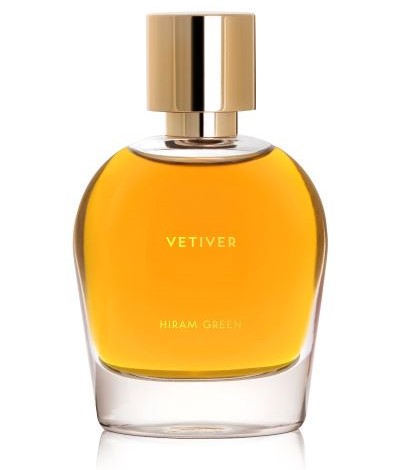
Molinard offers us another travelling fragrance with Vétiver, now featuring in its collection dedicated to raw materials as it “takes us on a journey through the landscapes of arid and exotic lands.” The Java and Haiti essences are intertwined, interspersed with amber, lavender and violet.
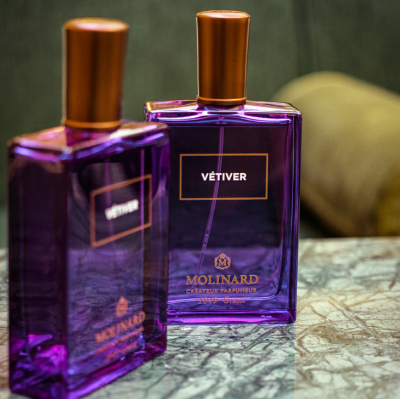
In 2022, the material is back on the road again with L’Orchestre Parfum, which proposes associations between fragrance and music. Fused with the smell of the Mississippi blues in a “magical contrast between light and darkness, joy and melancholy,” Vétiver Overdrive is the work of Amélie Bourgeois and Anne-Sophie Behaghel from the Flair studio.

Vetivera takes us out to sea at Le Couvent: Jean-Claude Ellena serves us a “cocktail of Haitian vetiver and Madagascar black pepper” in a composition that sails on “a perfect balance of genres,” freeing it from the masculine category where it is often confined.
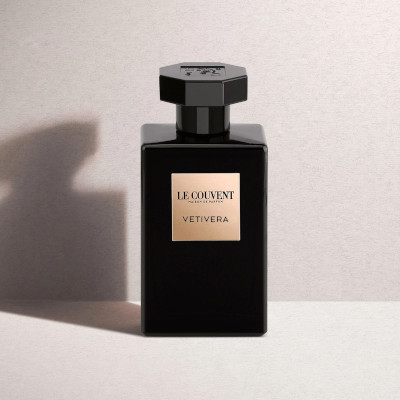
The brand Scents of wood, which uses barrel-aged spirits to dilute its concentrates, has devised a flowering vetiver. In Vetiver in Bloom, perfumer Natasha Côté-Mouzannar offers us “a magical landscape where the tenderness of freshly bloomed flowers meets the earthy depth” of a Haitian LMR vetiver.
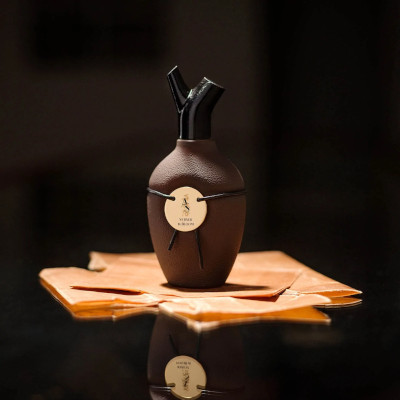
We can also find a floral interpretation at Guerlain: in the recent Aqua Allegoria Nerolia Vetiver, Delphine Jelk “highlights the whiteness of neroli” in a Mediterranean landscape celebrating “the love of Italy”, with an added nod to the sunny south in the form of fig and basil.
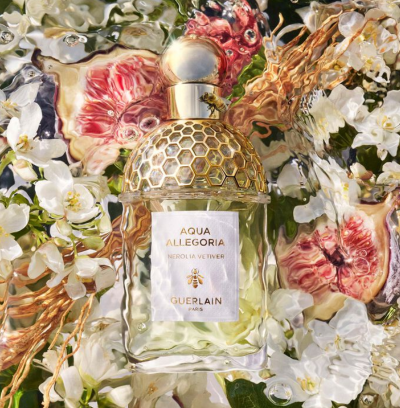
Emerging from the waves, the iodine vetiver created by Quentin Bisch in Kenzo Homme Intense in 2021 conveys the image of “skin just out of the sea and heated by the sun.” He then chose to work on it in a completely different register, by offering L’Artisan Parfumeur a composition: “I had created a vetiver-tomato leaf that I presented to them: the seed of what was to grow into Vétiver écarlate gave the impetus for the rest of the collection. On their advice, I designed four fragrances centring on the vegetable garden. The difficulty, but also the challenge of the whole range, was to have a strong message while being as readable as possible and remaining wearable and pleasant, which is not easy when you work with vegetable notes that tend to be associated with food references. With Vétiver écarlate, I followed on from what Jean-Claude Ellena had created around grapefruit, with a focus on green sulphurous notes and lots of work on root facets. Akigalawood, a patchouli derivative which also evokes vetiver, is what gives the fragrance its structure, its staying power and its woody edginess,” explains the perfumer.
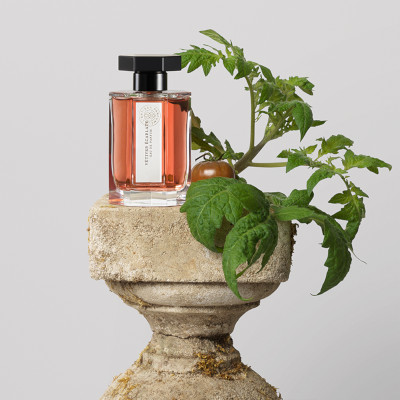
Quentin Bisch is also behind a third creation paying tribute to the root this year: Encelade for Marc-Antoine Barrois. He depicts “the image of luxuriant nature” by “illuminating the vetiver with a tangy rhubarb, twinned with a smoky leather, built on quinoline with more oriental facets and the help of tonka bean and sandalwood notes,” he says.
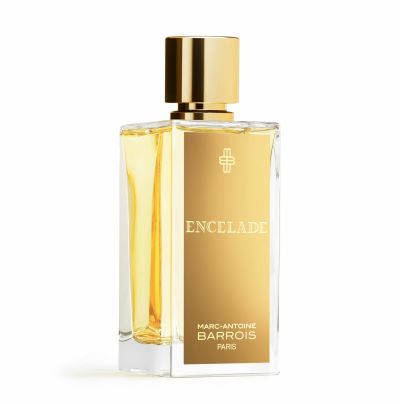
At Éditions de Parfums Frédéric Malle, vetiver, this time composed by Maurice Roucel, goes by the name Uncut Gem in 2022, mixed with leather, incense, amber and musk (and a good dose of Ambrocenide) to deliver on the promise of a “fierce and irresistible sillage” contrasting with the fresh opening of citrus and ginger.
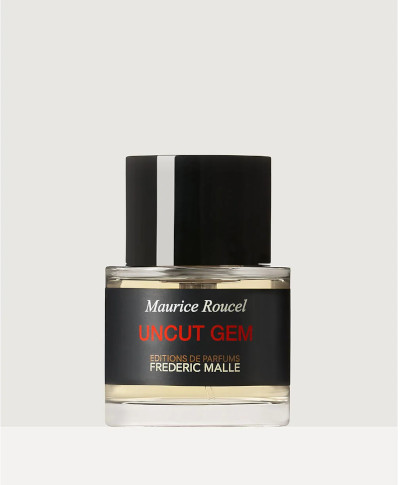
Other perfumers opt to use it in different ways. In its 2022 collection of fragrances based on the resin that gives it its name, Olibanum thus offers a “crisp Vétiver refreshed with hints of mandarin and geranium” to be superimposed over the brand’s other fragrances in line with the layering concept.
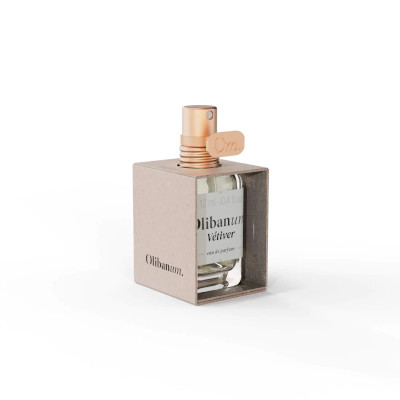
Finally, there are perfumers who choose to return to its roots, to the very essence of the plant. One of them is Marc-Antoine Corticchiato, who admits: “I couldn’t identify it in the classic interpretations, which are too urban, they smooth out the vetiver. I thought it was a pity because it’s an ingredient I love, but that I’d never highlighted with my brand: so I finally decided to propose my own interpretation, to really emphasise its dual nature, which is undeniably elegant but also very ‘rooty’ and wild. I tried a lot of different approaches, and in the end it was quite complex: I wanted to create a raw material fragrance with the smell of a root torn from the earth, but also to conjure up a landscape, the one formed by the memory of early morning harvesting in Reunion Island, which Lucien Acquarone and I used to attend. For the haughty aspect, I used iris, which has an inherent elegance, and angelica, relatively uncommon in perfumery and which provides a crisp, luminous green opening, amplified by ambrette seed, which I like a lot. For the more rootsy side I chose cedar and cloves from Madagascar.” His experiment turned out well: Vétiver Bourbon is both radiant and profound, dense and discernible.
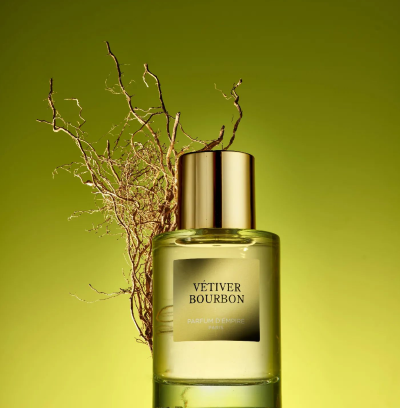
And tomorrow?
With its environmental benefits and long history in perfumery, it is likely that vetiver has a bright future ahead of it. As illustrated by Givaudan’s recent decision to grow it in sand on arid land in southeast India, resulting in the essential oil of India Orpur sand vetiver that joins its Naturals range. And because it is a fragrance in itself, perfumers are still exploring its facets. Marc-Antoine Corticchiato tells us that he would like to “visibly highlight the spices in order to link it with its roots in India, where the spices play a central role.”
- To learn more about vetiver, see Vetiver in perfumery in the Nez éditions + LMR Natural Notebook collection.








Comments